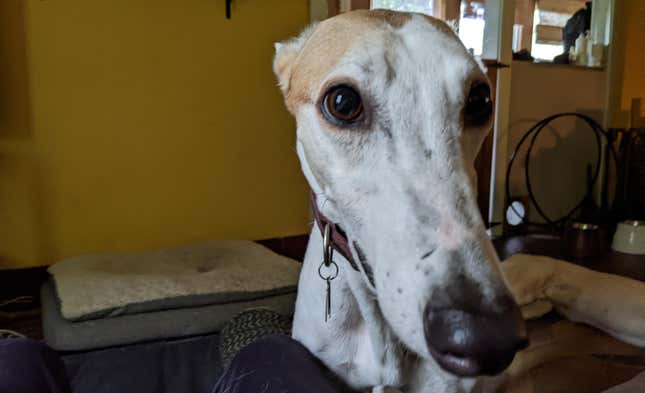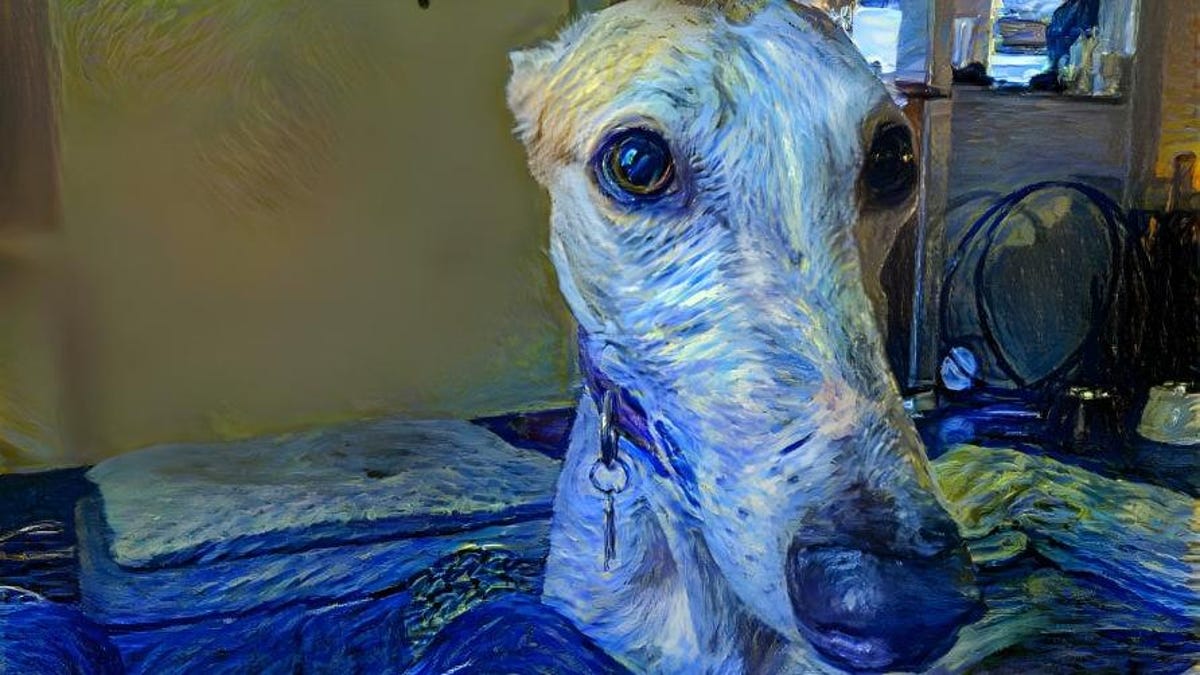What is AI art? Well, of all the many, many ways armchair philosophers have come to define art and the act of human expression, AI-generated images don’t have much in relation. There is certainly skill in knowing the correct type of prompt to get the results you want, but there’s no real intent behind an image. If the AI is the “artist,” how can any human claim the generated output as their own?
The question then becomes, what use is AI-generated images? This artificial art has become a shortcut for lazy PR professionals asked to pump out ill-fitting images that don’t hold up to even cursory scrutiny. Entrenched art communities from sites like DeviantArt have largely decried any and all AI-generated images.
Now you have companies like Shutterstock and Adobe with their in-built AI image generators, there’s a new slate of services that facilitates AI art without any of the concern over copyright. Getty Images also has its own AI art generator built into its UI. Yet, it’s still suing the makers of Stable Diffusion, Stability AI, for using copyrighted photos to train its art generator. Artists are also looking to sue some of the makers of these AI generators, but so far they’ve had difficulty making their lawsuits stick. So for all intents and purposes, the legal identify of paid-for AI images is still in flux.
In that way, I can only advise that you keep these images for your own use and enjoyment. That’s why it’s better to stress the “free” part of these rankings, as you’re not going to have anything like a professional standard image quality.
And even then, there really isn’t much “free” about these AI models. Like any good dealer, the first hit is always free. These sites usually offer a few tokens to generate a few pictures before inevitably asking users to pay for more images or to upscale those pictures. You could look at one of the most popular AI image generators, Midjourney, though that service is no longer free even though it started as a free Discord server back in 2022.
There’s also a wave of AI video generators begging for attention. So far, OpenAI’s Sora model seems like the most capable of all that’s come so far. Even the strangest, most-off putting video from this model is leagues beyond what’s currently available from services like Runway. Unfortunately, it’s also locked behind closed doors, so we may not get access to it for a while now. Microsoft also has its own video generator called VASA-1, which can create some pretty lifelike deepfakes except for their exceptionally weird teeth.
Some models like DALL-E 3 are restricted to those who pay for a ChatGPT subscription, though thankfully Bing’s image generator, now called Image Creator from Microsoft Designer, uses the same model, and that’s available for free. You could go back to DALL-E 2 instead, but its not as capable as modern models.
For the purpose of these rankings, I wanted to ignore the hubbub around total terabytes of training images. Still, the total time it takes to create each image, their standard free resolution, and usability are all taken into account. To best rank each program, I gave them all the same, rather esoteric, text prompts based on some books I’ve recently read. Those books include:
Under the Pendulum Sun by Jeanette Ng
Prompt: “A man and woman stand under a pendulum sun in the heart of Arcadia.”
The Dispossessed by Ursula K. LeGuin
Prompt: “A lone mathematician stands on a dusty planet owning nothing.”
A Memory Called Empire by Arkady Martine
Prompt: “A foreign woman struggles alone against the machinations of a cosmic empire.”
There are several image generators that require photos instead of text prompts. As much as I would like to keep it consistent, I want to be inclusive of different systems rather than exclude them. For the image-generating platforms that don’t allow for text prompts, I used the same image for each one:

There is practically no legal precedent for AI-generated images. It’s a well-known fact that these AI models are trained using many gigabytes of copyrighted art and photos scraped from the web. Still, until any of the many legal cases actually sets a roadmap for using any of these generators, we suggest you don’t try and use these free AI art generators for anything but a fun diversion.
And that’s why I find the weirder the generated output, the better. There’s a whole lot of weirdness with AI-generated video. Gizmodo has its own list of the strangest AI-generated commercials you can find here. With the advent of text-to-video models, there’s even more potential for off-the-wall generated content, so we’re including the free video generators in our rankings.
I’m no art critic by any imagination. Still, at least I can tell whether AI-generated art attempted to depict a prompt in a way that’s not derivative or relies upon copying and replicating art found on the internet.
Want to know more about AI, chatbots, and the future of machine learning? Check out our full coverage of artificial intelligence, or browse our guides on How to Use ChatGPT and Everything We Know About the OpenAI chatbot.

